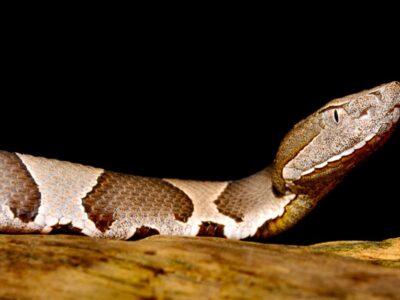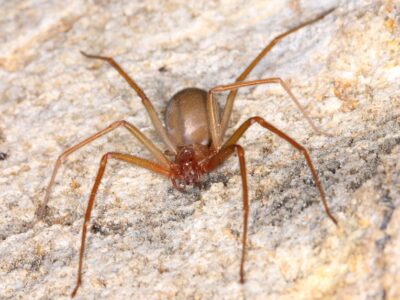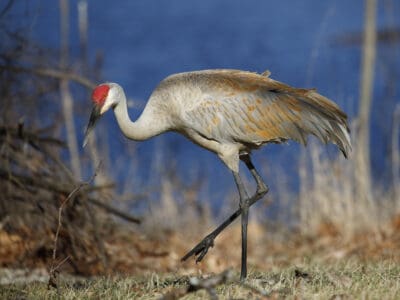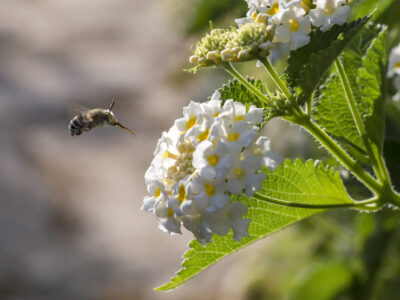Massachusetts, whose name derives from an indigenous term that roughly translates to mean “near the blue hills,” is an important American state in terms of its economy, history (it was one of the 13 original colonies), and ecological diversity. Massachusetts shares a land border with Vermont and New Hampshire to the north, New York to the west, Connecticut and Rhode Island to the south, and the Atlantic Ocean to the east.
Ocean access has historically made it an important corridor for both the shipping and whaling industries. The waters immediately off the coast of Massachusetts are teeming with some of the most interesting wildlife of the North Atlantic. The interior of the state is also ecologically important. While many wetlands and old-growth woods have been cleared for agriculture and development, many remnants can be found throughout the state, harboring much of its still untouched wildlife.
The Official Animal Of Massachusetts
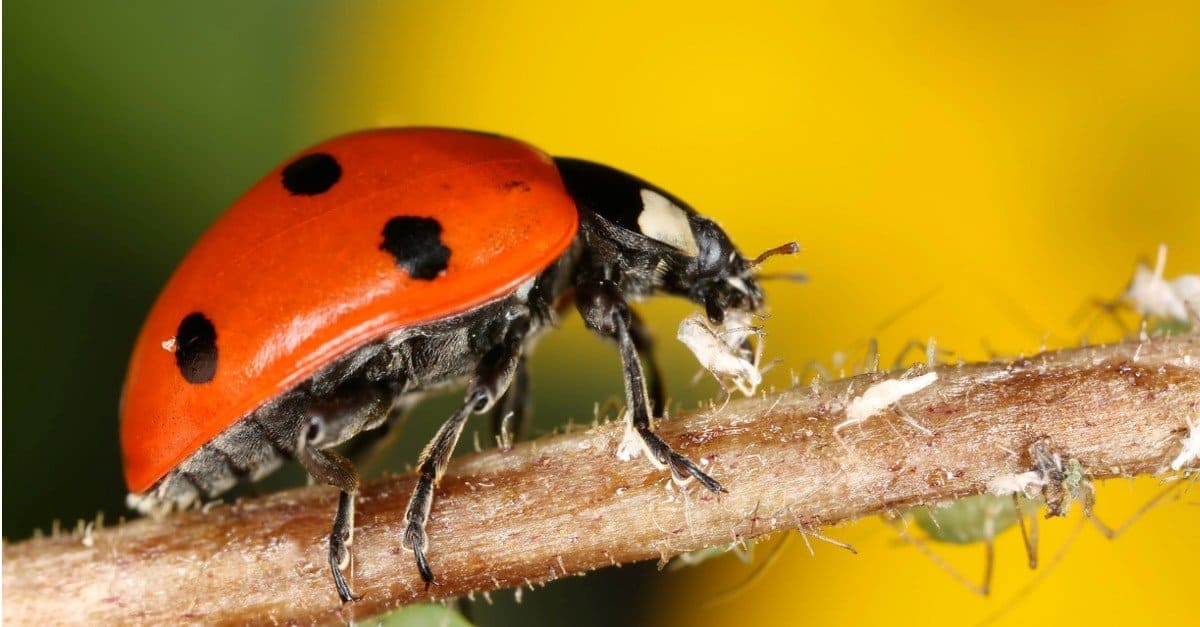
The two-spotted lady beetle is also called a ladybug and is similar to this ladybug shown.
©iStock.com/Henrik_L
The state of Massachusetts is represented by several official wildlife symbols. The official insect is the two-spotted lady beetle, a very common bug with a black head, red body, and two black spots. The official fish is the cod, a very popular saltwater catch in both recreational and commercial fishing. The official reptile is the eastern garter snake, one of the most common animals in Massachusetts. The official state bird is the black-capped chickadee, a small, non-migratory songbird from the northern US.
The state game bird is the wild turkey, which was served at the first Plymouth Thanksgiving celebration in 1621. The official state dog is the Boston Terrier, the first-ever purebred dog developed exclusively in the United States. The official state horse is the Morgan horse, which descended from a bay stallion born in Massachusetts. The official state cat is the tabby. Finally, the state marine mammal is the right whale because of its critical importance in the state’s whaling industry.
Where To Find The Top Wild Animals In Massachusetts
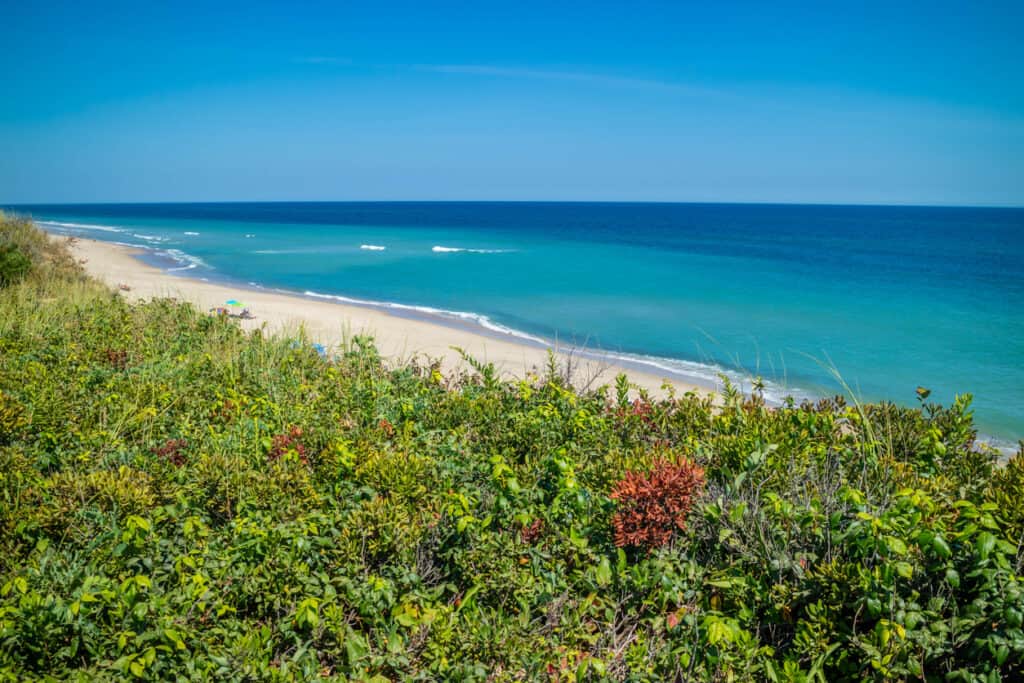
Cape Cod National Seashore spans six different beaches, various swamps, and forest trails.
©iStock.com/Cheri Alguire
Massachusetts is home to 16 national parks, plus numerous state parks and wildlife refuges, where you can find some of the most interesting untouched wildlife in the state. There are especially several good places right off the coast, featuring some of the best marine habitats in the country.
- The Stellwagen Bank National Marine Sanctuary, located just off the mouth of Massachusetts Bay between Cape Cod and Cape Ann, is a federally protected area encompassing some 842 square miles. Depending on the time of the year, it is considered to be one of the best whale-watching sites in the world. Numerous tours are available to see these magnificent mammals in the wild.
- Monomoy National Wildlife Refuge, located just south of Cape Cod, features marshes, dunes, freshwater ponds, and beaches. It is a prime habitat for migratory birds, plovers, oystercatchers, and nearby seals.
- North of Monomoy is the Cape Cod National Seashore. Spanning six different beaches and various swamp and forest trails, this park contains up to 370 species of birds, including one of the rarest species of water birds in the state, the piping plover. Other common animals include meadow voles, turtles, gray seals, and the hognose snake.
- The Great Meadows National Wildlife Refuge, which can be found just 10 miles west of Boston, is composed of many freshwater wetlands stretching along the Concord and Sudbury Rivers. It features a great diversity of wildlife, including white-tail deer, muskrats, otters, foxes, weasels, rodents, bluebirds, finches, herons, and waterfowl. The large observation deck offers a complete view of the entire area.
- The Pleasant Valley Wildlife Sanctuary, located close to the New York border, is a 1,400-acre woods and wetland area owned by the Massachusetts Audubon Society. Badgers, weasels, beavers, deer, and songbirds are all found here amid the hiking trails and camping grounds. Visitors can see a panoramic view of the area from the top of Lenox Mountain and Pike’s Pond viewing platforms.
- The Assabet River National Wildlife Refuge, located 25 miles west of Boston, consists of a mixture of hardwood forests, wetlands, and fields. It is considered to be an important breeding and feeding ground for migratory birds, including the blue heron. It’s also the home of minks, otters, beavers, foxes, turkeys, badgers, deer, rodents, and other mammals.
Read about the types of hawks in Massachusetts.
The Most Dangerous Animals In Massachusetts Today
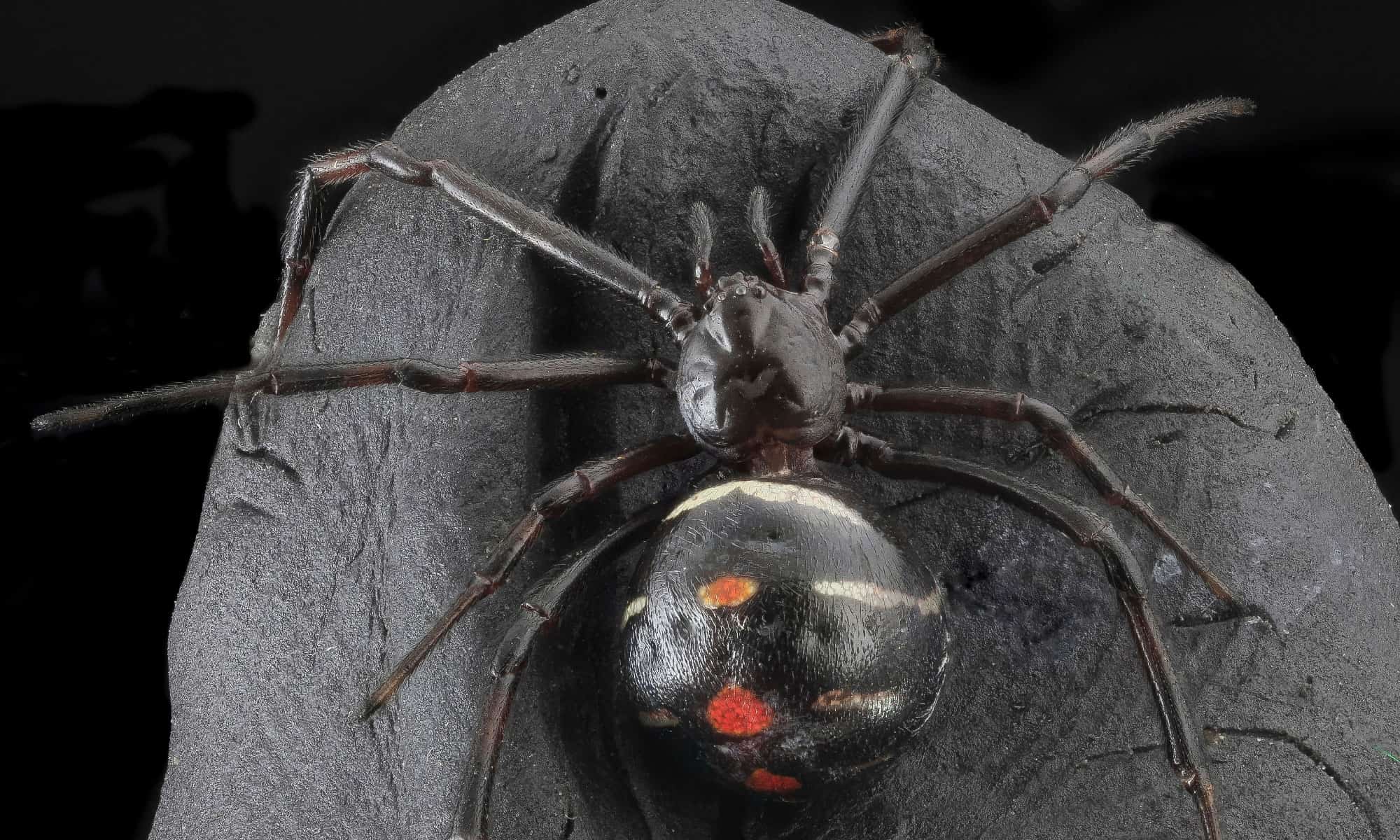
Unlike other black widows, northern black widows have a broken hourglass-shaped marking on their abdomens
©Porco_Rosso/Shutterstock.com
The state of Massachusetts has only a few dangerous animals within its borders; many of them occupy remote locations in the state such as the woodlands and ocean depths. Very few of these animals have ever been known to kill people. For instance, there has only been a single recorded snake fatality since the beginning of the 19th century. Nevertheless, if you plan on taking a hike in the woods or swimming in the ocean, there are a few animals you should look out for. This list will only include animals that pose a direct danger to humans, not those that spread diseases like ticks and mosquitoes.
- Timber Rattlesnake: Found only in a few isolated hilly areas, the timber rattlesnake is particularly dangerous due to its long fangs, large size, and high venom yields. Nevertheless, it normally gives an extensive warning rattle before striking, and it only strikes if it feels threatened. If this snake happens to bite, you should seek immediate medical attention. Hemorrhaging and neurological symptoms can occur.
- Eastern Copperhead: This dangerous pit viper can be identified by the copper-colored scales and dark splotches along the side of the body. While bites can potentially be fatal, this species isn’t normally that aggressive, and the venom has relatively low potency. It also may deliver a non-toxic warning bite first.
- Northern Black Widow Spider: The adult female black widow is one of the few venomous spiders in Massachusetts. While the venom is rarely fatal, it can lead to painful symptoms, including cramps, spasms, and muscle pain.
- Wasps and Bees: Massachusetts is home to bumblebees, European honeybees, hornets, carpenter bees, and perhaps most importantly of all, yellow jackets (which are responsible for some 70% of all stings in North America). While pain and swelling are by far the most common symptoms, they can cause an allergic reaction in around 5% of all people. This allergic reaction can potentially be fatal. Anyone in danger of an allergic reaction should probably carry an epinephrine autoinjector on them at all times.
- Jellyfish: Many species of jellyfish have long and strange trailing tentacles that inject venom upon contact. Symptoms of the sting can include burning, swelling, and numbness. More serious reactions can occur in a small number of cases.
- Sharks: The waters of Massachusetts teem with several predators, including the blue shark, hammerhead, tiger shark, and great white shark. While shark attacks are exceptionally rare, they may bite someone out of curiosity, a sense of danger, or even a case of mistaken identity (humans can look like their common prey), which can lead to potentially fatal blood loss. There are a few steps you can take to minimize the chances of an attack, like avoiding swimming near seals (the shark’s favorite prey item) and not wearing shiny jewelry in the water.
- North American Black Bear: While they’re not quite as dangerous as their reputation suggests, people should be wary of these lumbering giants, because they can turn aggressive if they feel threatened or they’re competing for food. They may be active day or night, but they’re mostly nocturnal foragers.
The Northern black widow spider has venom that affects both animals and humans. Despite the fact that they are not hostile spiders unless threatened and bites from this arachnid are rare, the bite is painful. Usually found in crawl spaces, garages, sheds, and attics, you can recognize this spider by its characteristic red hourglass-shaped marking on its abdomens. The females are generally larger than the males, at lengths of 1/4 to 3/8ths.
Endangered Animals In Massachusetts

The Leatherback turtle is in danger of extinction.
©Stephanie Rousseau/Shutterstock.com
The animals on this list are currently protected by the Massachusetts Endangered Species Act. Regardless of their federal status, these species are in danger of becoming extinct within the state.
- Bats: Several species of nocturnal bats, including the little brown bat, Indiana bat, eastern small-footed bat, northern long-eared bat, and tri-colored bat, are all currently in danger from a fungal disease known as white-nose syndrome. This disease spreads rapidly among their colonies and disrupts their natural hibernation cycle, causing premature death. This can decimate an entire hibernating bat colony by more than 90%.
- Whales: While these massive marine mammals are no longer hunted for their blubber, the blue, sei, fin, humpback, and sperm whales are still considered to be endangered species. Numbers have risen dramatically from their low point, but marine pollution, net entanglements, and accidental collisions with boats appear to be the main culprits behind their continued status.
- Saltmarsh Sparrow: Native to salt marshes all along the Atlantic coast, this small New World sparrow is in danger of becoming extinct from habitat loss. Salt marshes are some of the most imperiled habitats in the world.
- Roseate Tern: This medium-sized seabird, which sports a pink breast and strange black “cap” on the head, breeds on the northeastern coast of the United States and migrates toward the equator for the winter. It’s also found in Europe, Africa, and the Asia Pacific region. In some parts of their range, they are considered to be one of the rarest species of birds.
- Sea Turtles: The leatherback, loggerhead, Atlantic hawksbill, green, and Kemp’s ridley sea turtle are all high in danger of extinction. Poaching, marine pollution, net entanglements, and the loss of key nesting sites along the coast are largely to blame for their rapid decline.
- Northern Diamondback Terrapin: Sporting a diamond-shaped pattern on its carapace, this species is native to coastal saltwater marshes along the entire Atlantic coast of the United States. Population numbers have fallen from the combined effects of hunting, accidents with motorboats, and most importantly, the loss of its natural habitats.
- Bog Turtle: Characterized by a domed carapace and strange yellow or red spots on the neck, the semi-aquatic bog turtle is the smallest species of turtle in all of North America, measuring no more than a few inches in length. It is listed as a critically endangered species due to the degradation of its natural habitat.
- Timber Rattlesnake: One of the most dangerous animals in Massachusetts is also one of the rarest. While they have a very wide distribution throughout most of the eastern United States, these predators are starting to decline in many parts of their native range, particularly in the northeast.
- Atlantic Sturgeon: The Atlantic sturgeon spends most of its time out in the ocean and then travels upstream to spawn. It is the victim of overfishing and water pollution.
- Butterflies and Moths: The Persius duskywing, Buchholz’s gray, twilight moth, precious underwing moth, phyllira tiger moth, and several others are all considered to be endangered species in the state of Massachusetts. Habitat loss and pesticide use are frequently cited reasons for their decline.
The leatherback turtle is the largest and heaviest of all living turtles. It can weigh up to 1500 pounds and reach a length of up to 7.2 feet. They are the only turtle species that do not have scales or a hard shell, rather their shell has a leather-like texture, which is where they get their name from. They are currently listed as vulnerable because their numbers have declined significantly over the last century due to egg collections.
The Rarest Animal In Massachusetts
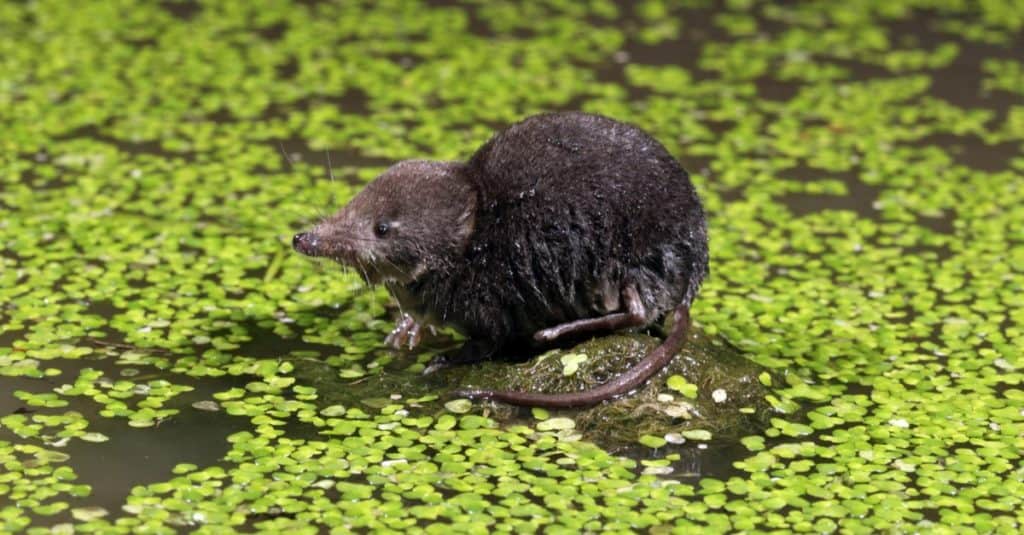
The rare and elusive European Water Shrew (Neomys fodiens).
©Erni/Shutterstock.com
Because of water pollution and the destruction of habitat, the population of the water shrew has declined significantly. They are elusive, secretive, and hard to find but are more common to find in areas with rocky streams and forests. This shrew prefers to live in wetlands, marshes, and swamps that are heavily wooded. Their dense fur is capable of trapping air bubbles and they are able to swim through and capture prey underwater.
The Largest Animal In Massachusetts

Bull moose have long antlers.
©Harry Collins Photography/Shutterstock.com
Moose are most often found in the western and central parts of the state, clustered around forests, but can be found in eastern parts as well. The best chance for a moose sighting is around the woods of the Quabbin Reservoir, in the western part of the state, where the majority of the population is located. The moose is the largest of the deer family, standing at almost 7 feet tall and weighing up to 1500 pounds. The current moose population is close to 1000 animals.
Native Plants In Massachusetts

Mayflower (Epigaea regens,) trailing arbutus, state flower of Massachusetts.
©Jak149/Shutterstock.com
With more than half of Massachusetts as forests, plants of all kinds have found refuge in “The Bay State.” From the mayflower, which is the state’s flower to the trumpet honeysuckle, there are amazing native plants in Massachusetts with interesting characteristics.
The mayflower, also known as trailing arbutus, was adopted as the state flower around 1893. There are conflicting stories on where it got its name – it is said to have gotten its name after the ship that brought the pilgrims to Massachusetts, while some believe it was named for the month of May. It is a wildflower found in rocky or sandy soil and is thought to date back to the glacier period.
The Flag Of Massachusetts

Flag of Massachusetts waving in the wind.
©Box Lab/Shutterstock.com
The flag of Massachusetts was officially approved in 1971 and represents the state’s history, ideals, and values. It is white symbolizing peace and has a blue shield representing its protection of its citizens. At its center, there’s an image of a Native American holding a bow and arrow with a star above and to the left representing the United States as a unified nation. Above the shield is a bent elbow grasping a broad sword of gold in memory of the liberty they earned through the American Revolution. Below the shield is a scroll that translates to “By the sword, we seek peace, but peace only under liberty” showing their commitment to the ideals of freedom and liberty.
Lawmakers in 2022 agreed and decided to form a Special Commission to replace both the imagery and the state motto. One of the major reasons that they want to replace them is that during the creation of the initial seal and even later versions, Native American people and tribes were not consulted. This resulted in the exclusion of their own history and culture from the state seal. The Special Commission hopes to rectify this situation by making the new design inclusive of a broader perspective of Massachusetts history.
Discover The Snowiest Place In Massachusetts
The snowiest place in Massachusetts is Fitchburg which is located in the north-central region of the state. Fitchburg is well-known for having cold and very snowy winters with an annual average snowfall of 82.2 inches.
Massachusettsan Animals

Admiral Butterfly
Stunningly beautiful wings
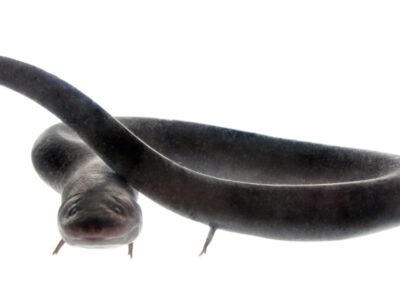
American Eel
Don't eat raw eel! Their blood is poisonous to humans when consumed raw.

Armyworm
They are so named because they "march" in armies of worms from one crop to another in search of food
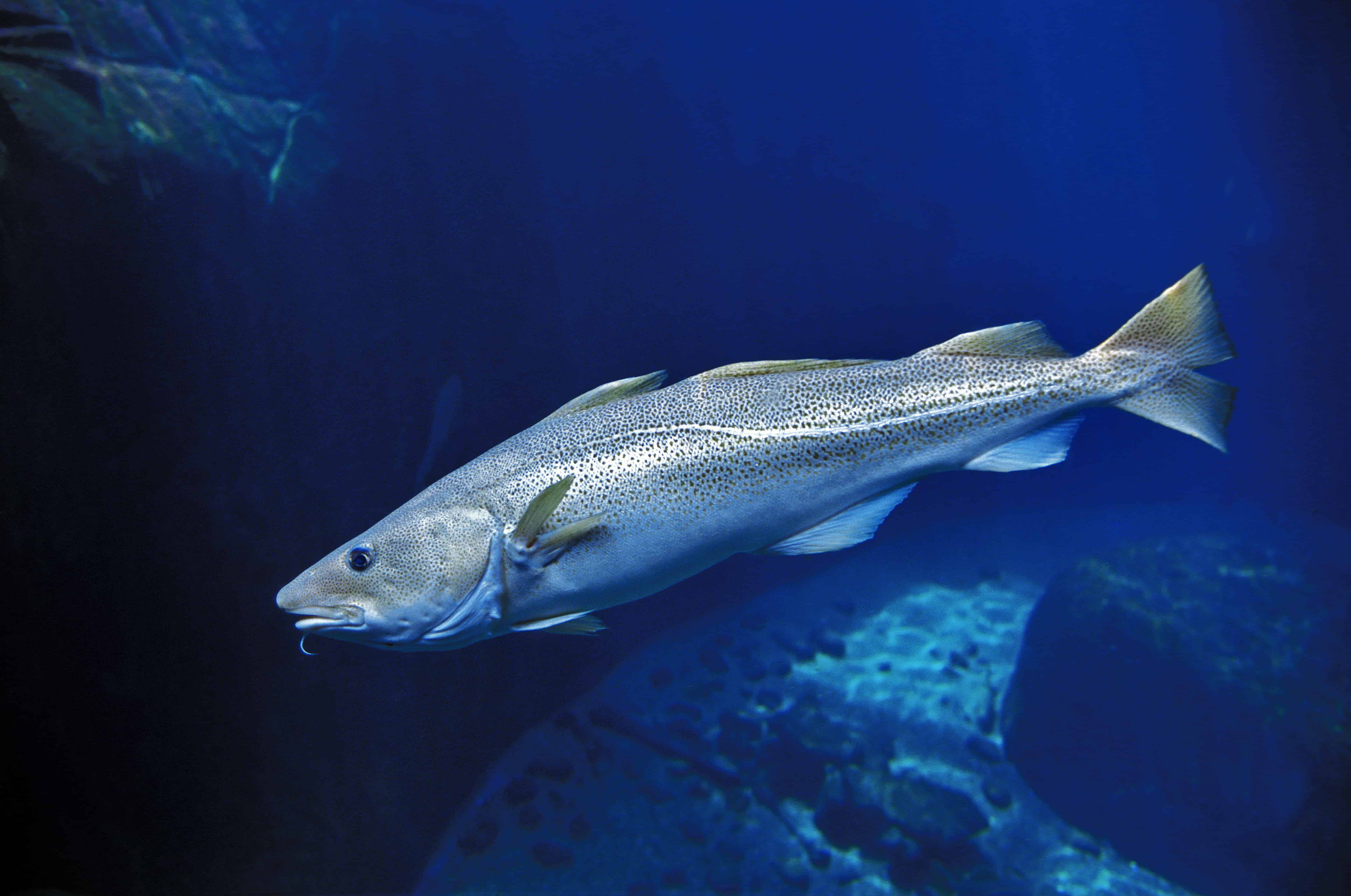
Atlantic Cod
One of the most popular food fishes in the world
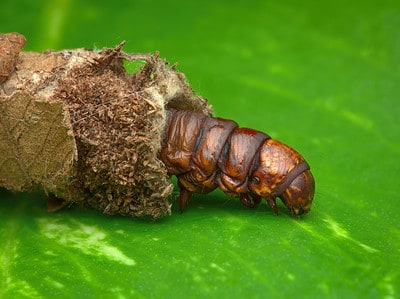
Bagworm Moth Caterpillar
They continually enlarge their protective cases

Beewolf wasp
They hunt bees
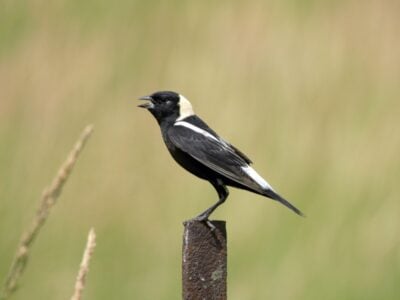
Bobolink
In spring, the male bobolink is the only North American bird who is dark below and light colored above. This makes identification easy.

Clearnose Skate
The skate with translucent nose patches

Common Yellowthroat
The Common Yellowthroat stays close to the ground and uses stealth to survive!
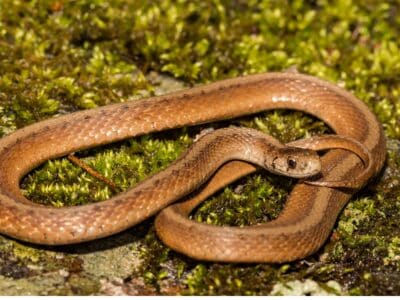
De Kay’s Brown Snake
They have specialized jaws for removing snails from shells.

Eastern Chipmunk
The name chipmunk is derived from an Ojibwe word that means “one who descends the trees headfirst.”

Eastern Hognose Snake
Eastern hognose snakes are venomous, but only to frogs and toads.

Flea
Adult fleas can jump up to 7 inches in the air
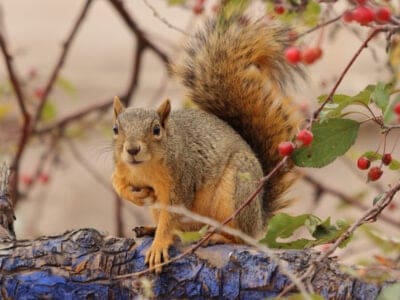
Fox Squirrel
Although it is a tree squirrel, it spends most of its time on the ground.

Groundhog (Woodchuck)
They whistle to each other to warn of approaching danger!

Jack Crevalle
One of the biggest species in the Caranx genus

Mealybug
They have a symbiotic relationship with ants.

Mockingbird
Mockingbirds are incredible mimics that can learn hundreds of songs!
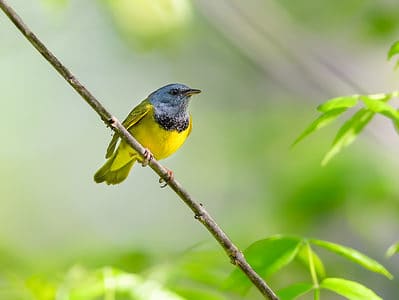
Mourning Warbler
The Mourning Warbler was named for its gray head, which resembles a mourning veil!

Nematode
Nematodes range in size from 1/10 of an inch to 28 feet long
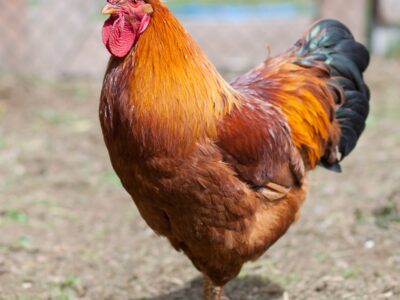
New Hampshire Red Chicken
New Hampshire reds are known for being quite food aggressive towards other chickens and won't hesitate to push other flock mates out of the way to get to the feed.

Northern Water Snake
Northern watersnakes’ teeth help them nab fish as they swim by.

Orb Weaver
Females are about four times the size of males

Owl
The owl can rotate its head some 270 degrees
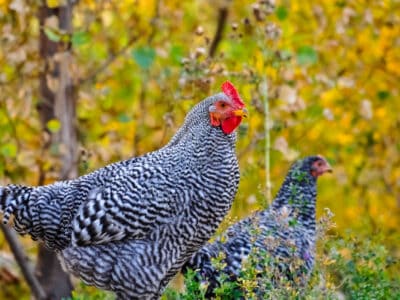
Plymouth Rock Chicken
Plymouth Rock hens have a calm and friendly nature. They usually get along with flock mates and will shy away from confrontation or disputes.
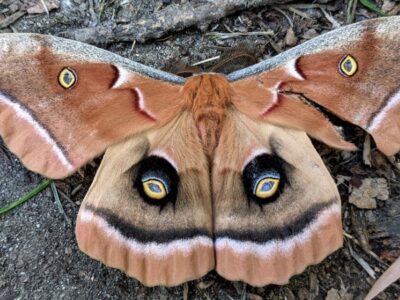
Polyphemus Moth
The Polyphemus moth doesn’t and can't eat, except when it's a caterpillar!

Pompano Fish
They are bottom-feeders
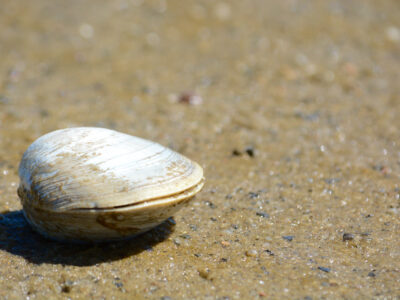
Quahog Clam
Their hinged shell protects their soft body

Rat Snakes
Rat snakes are constrictors from the Colubridae family of snakes.

Rooster
Will mate with the entire flock!
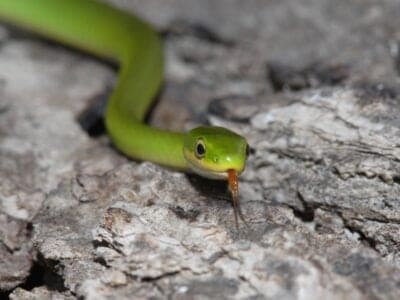
Rough Green Snake
Rough green snakes are great pet snakes because they're low-maintenance.
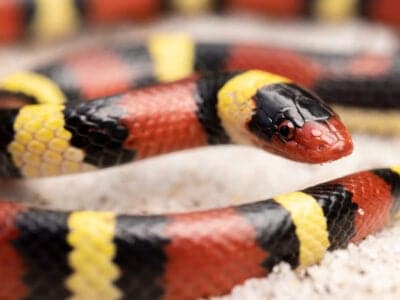
Scarlet Kingsnake
Scarlet kingsnake’s pattern is an example of Batesian mimicry.
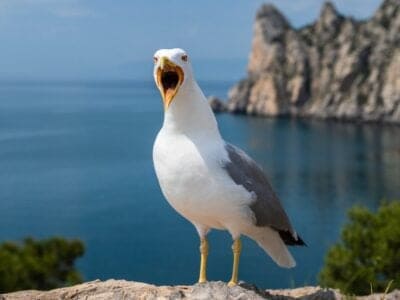
Seagull
Some gulls are capable of using tools

Smallmouth Bass
A fierce fighter!

Smokybrown Cockroach
Has up to 45 eggs per egg case
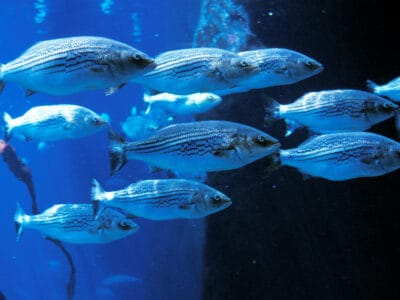
Striped Bass
Pilgrims counted striped bass as an essential part of their diet from the time they arrived in North America.

Tree Cricket
They make music with their wings
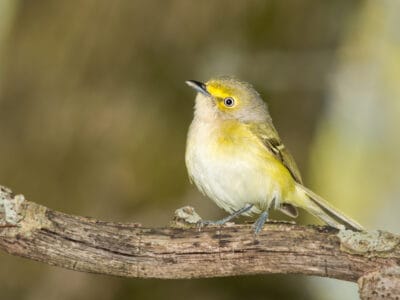
White-Eyed Vireo
During courtship, males put on exciting displays by fluffing their plumage, spreading their tails, and letting out a whining call.
Massachusettsan Animals List
- Admiral Butterfly
- Agkistrodon Contortrix
- American Eel
- Armyworm
- Atlantic Cod
- Bagworm Moth Caterpillar
- Beewolf wasp
- Bobolink
- Chilean Recluse Spider
- Clearnose Skate
- Common Yellowthroat
- De Kay’s Brown Snake
- Eastern Chipmunk
- Eastern Hognose Snake
- Flea
- Fox Squirrel
- Groundhog (Woodchuck)
- Jack Crevalle
- Mealybug
- Milk Snake
- Mockingbird
- Mourning Warbler
- Nematode
- New Hampshire Red Chicken
- Northern Water Snake
- Orb Weaver
- Owl
- Plymouth Rock Chicken
- Polyphemus Moth
- Pompano Fish
- Quahog Clam
- Rat Snakes
- Rooster
- Rough Green Snake
- Sandhill Crane
- Scarlet Kingsnake
- Seagull
- Smallmouth Bass
- Smokybrown Cockroach
- Southeastern Blueberry Bee
- Striped Bass
- Swallowtail Butterfly
- Tree Cricket
- White-Eyed Vireo
- Yellowish Cuckoo Bumblebee (formerly Fernald’s Cuckoo Bumblebee)
Animals In Massachusetts FAQs (Frequently Asked Questions)
What animals is Massachusetts known for?
Massachusetts is perhaps best known for its marine wildlife, including cod, sturgeon, harbor seals, harp seals, grey seals, minke whales, fin whales, humpback whales, and dolphins. The state is also known for some freshwater animals such as beavers, river otters, bluefish, and largemouth bass. Other common animals include white-tailed deer, turkeys, weasels, badgers, rodents, nocturnal bats, waterfowl, wading birds, and some songbirds.
What large animals live in Massachusetts?
Today Massachusetts is home to only a few species of large predators, including coyotes, the North American black bear, and perhaps a few populations of bobcats. Cougars and wolves no longer exist there in any appreciable capacity. While there is occasional evidence of a cougar passing through Massachusetts, there are no permanent breeding populations within the state borders.
What dangerous animals live in Massachusetts?
Massachusetts is home to the timber rattlesnake, the eastern copperhead, the black widow spider, bees, wasps, and the black bear. Some species of sharks and jellyfish also lurk off the coast.
What types of ticks are in Massachusetts?
Massachusetts is home to four primary types of ticks. These include the American dog tick, the lone star tick, the deer tick, and the brown dog tick. The deer tick is notable because they can carry Lyme disease



